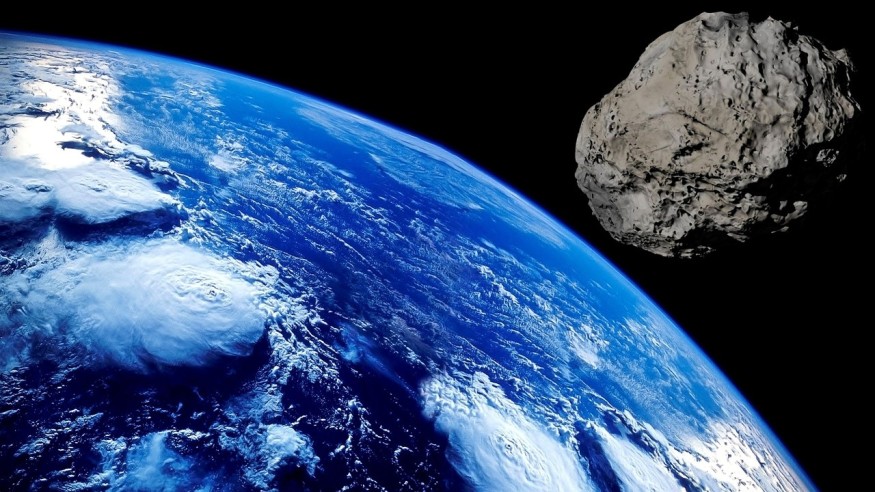
While scientists have been exploring the mysteries of the universe for decades now, a team was able to conduct the most detailed analyses to date of organic material in two different meteorites.
Universe Mysteries
Witnesses of shooting stars may have seen crashing meteors at some point. The rocks that land on the earth's surface are known as meteorites, which offer glimpses of history, distant edges of outer space, or old building blocks of life.
As per EurekAlert, the scientists behind the recent analyses were able to pinpoint a huge number of "molecular puzzle pieces," going as high as tens of thousands. These included a large quantity of oxygen atoms that went beyond the researchers' expectations.
In the past, the team, which was directed by Alan Marshall, Ph.D., looked into the complicated organic material mixtures across the earth. Now, they have directed their attention to the skies and the objects that have fallen from them.
As per Phys, the team's mass spectrometry (MS) technique, which has ultra-high resolution, could shed light on life's origins as well. Now, it is starting to reveal vital data regarding the universe.
Joseph Frye-Jones, a graduate student who will be presenting the research, states that the analysis offers a glimpse of what is in outer space and what humanity may run into as it moves toward becoming spacefaring.
The scientists will be presenting their findings at the American Chemical Society's (ACS) spring meeting. The ACS Spring 2023 meeting is a hybrid gathering that takes place from March 26 to 30. It features over 10,000 presentations about various scientific focuses.
Two Meteorites
Each year, thousands of meteorites hit the surface of the earth. However, only very few of them are considered carbonaceous chondrites, which is a space rock category that covers the most carbon-holding and organic materials.
The Murchison meteorite is among the most famous rocks. It has been an extensive object of study ever since it hit Australia back in 1969.
Aguas Zarcas, on the other hand, is another relatively newer entry that still has wide room for exploration. This meteorite fell over Costa Rica in 2019. As chunks of the rock hit the ground, it burst through porches and a doghouse.
By looking at the meteorites' organic makeup, researchers may know when and where the rocks formed and what they collided with when they were in space.
As per Asiana Times, the team utilized MS to look into the Murchison and Aguas Zarcas meteorites. They simultaneously observed all soluble organic material rather than examining particular molecules. By doing so, they got around 30,000 peaks for each rock, and 60% could be granted a distinct molecular formula.
Frye-Jones notes that this is the first to be conducted on Aguas Zarcas meteorite. Meanwhile, it is the best-resolution MS conducted on the Murchison one.
Surprisingly, the scientists discovered that, in the identified compounds, oxygen content was high. Marshall explains that one typically does not consider organics rich in oxygen to be present in huge meteorites.
The scientists are set to focus on two other vital samples for their next research. These are namely lunar dust particles that were gathered during the 1969 and 1971 Apollo 12 and 14 missions. They will be looking into the meteorite and lunar data to know more about the surface of the moon.
Check out more news and information on Space in Science Times.










